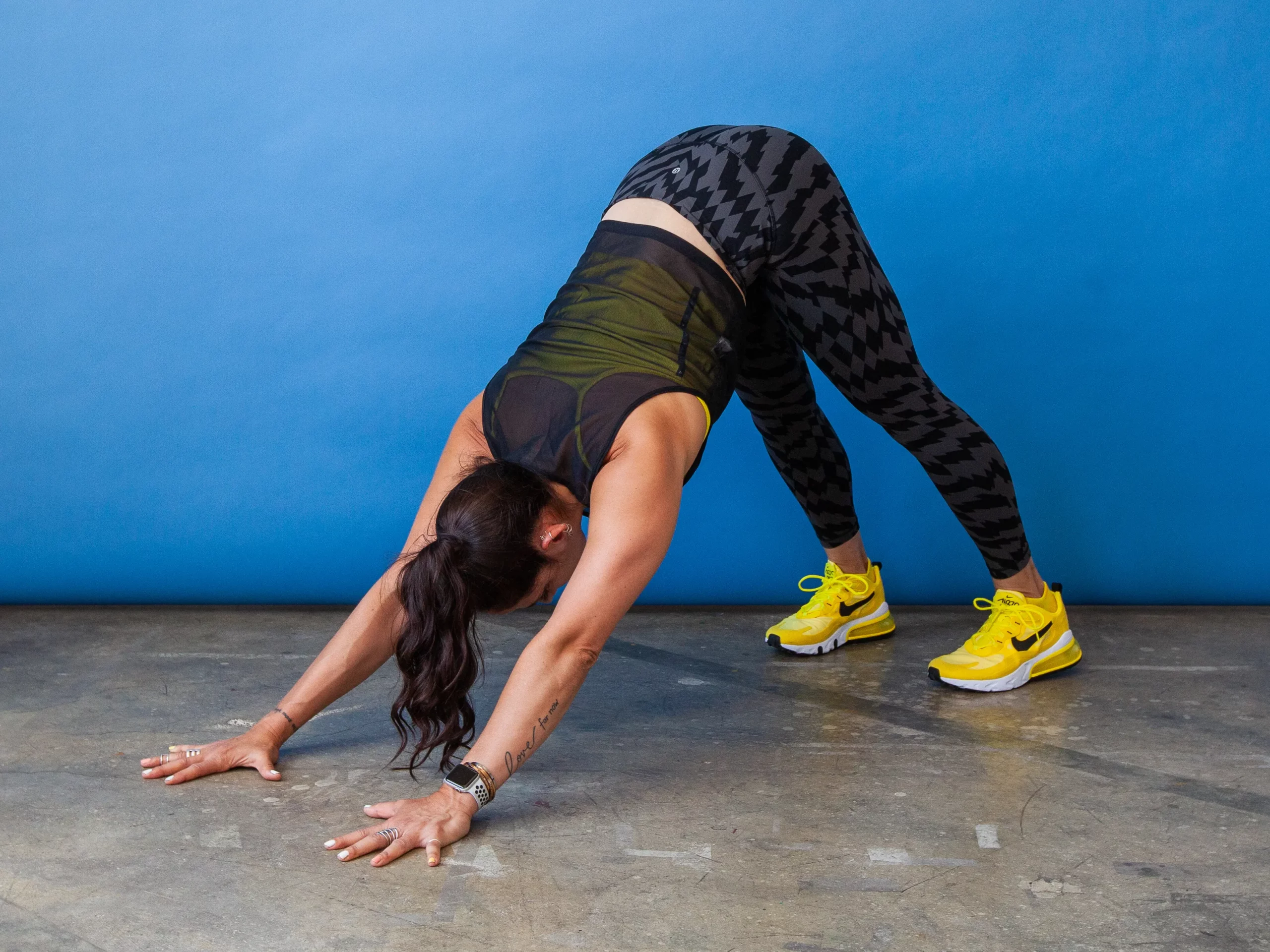Starting an exercise routine as a beginner can be exciting, but also daunting. It’s important to not only set realistic fitness goals, but to also adhere to a few workout tips that can help you get the most out of your exercise routine while also avoiding injuries. One of the most essential tips for beginners is the importance of warming up.
What is a Warm Up?
A warm up is a brief period of physical activity that prepares your body for more intense exercise. It helps to gradually increase your heart rate, circulation, and blood flow to your muscles, which in turn can reduce the risk of injury and improve overall performance. A warm up can consist of light jogging or walking, stretches, or dynamic movements that mimic the activity you’re about to perform.
Why is Warming Up Important?
Warming up is essential to any workout routine, especially for beginners who might not be accustomed to regular exercise. Here are a few reasons why:
Prepares Your Body
When you warm up, your body is primed for exercise. It ensures that your muscles and joints loosen up by increasing your core temperature, sending more oxygen and nutrients to your muscles, and lubricating your joints with synovial fluid. This process helps to prevent injuries and also prepares your body for more vigorous exercise.
Prevents Injuries
One of the most common reasons for injuries during exercise is due to a lack of warm up. Warming up is especially important for beginners because their bodies might not be used to physical activity, making them more susceptible to muscle strains, sprains or tears. When you warm up, you gradually increase the intensity of the activity, which allows your body to adjust to the demands that are about to be placed on it.
Boosts your Performance
A proper warm-up can improve your overall performance by increasing your range of motion, flexibility and strength. It helps to mentally prepare you and get you into the right mindset to exercise, which can enhance your ability to focus and perform better during your workout.
How to Warm Up
Now that you know why warming up is essential, let’s dive into a few tips on how to warm up effectively:
Start Slow
Begin with some light cardio exercises like jogging on the spot, jumping jacks or a brisk walk to elevate your heart rate and warm up your muscles. This should be done for about five to ten minutes, depending on your fitness level.
Stretch
After light cardio, include stretching exercises. Focus on stretching the muscle groups you’ll be targeting in your workout. This will help prepare your muscles for the increased load and decrease the likelihood of tight muscles. Hold each stretch for fifteen to thirty seconds.
Use Dynamic Movements
Dynamic movements are movements that mimic the exercise you are about to do. For example, if you are going to be doing squats, perform bodyweight squats without weights. This type of movement helps to activate the muscle groups that will be working during the exercise.
Warm up With Light Weights
Use light weights to warm up the muscle groups you’ll be focusing on during your workout. Gradually increase the weight, until you reach the weight you plan on using during your workout.
Putting it all Together
Putting all the above tips together can lead to a great workout warm up routine. Try the following routine before your next workout:
- Light Cardio: Do five to ten minutes of jumping jacks, running on the spot or brisk walking, etc.
- Stretching: Focus on the muscle groups you’ll be targeting in your workout. Hold each stretch for fifteen to thirty seconds.
- Dynamic Movements: Use body weight dynamic movements to activate the muscle groups that you’ll be targeting in your workout.
- Light Weights: Incorporate light weights to slowly build towards the weight you’ll be using during your workout.
Conclusion
It helps to avoid injuries, improves your performance, and prepares your body for exercise. As a beginner, it is vital to make sure you warm up before every workout. Remember to take it slow, stretch, use dynamic movements, and warm up with light weights. By incorporating these habits into your routine, you will see better results and reduce the risk of injuries.











